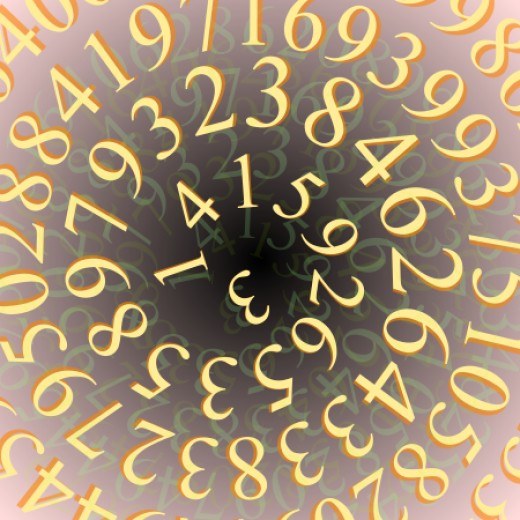You will need
- cardboard circle divided into equal sectors;
- - items that can be divided (apples, candy, etc.).
Instruction
1
Take a pear and offer it to two children at once. They will tell you that it's impossible. Cut the fruit and again invite the children. Each will get the same half. Thus, half of the pear is part of the pear. And the pear consists of two parts.
2
One half is the part from the whole, 1/2. So a fraction is a number that is part of the object is smaller than one. Also the fraction is the number of parts from some things. Specific things children can understand much easier than the abstract the abstract concepts.
3
Take two candies and ask the child to divide them equally between two people. He can easily do so. Take one candy and then ask him to do the same. There is a way out, if the candy is cut in half. Then you and the child will have one whole candy bar and half - half candy.
4
Use the cut cardboard circle that you can divide by 2, 4, 6, 8 parts. Count with the child how many in the circle parts, for example, six. Pull out one section. This will be part of the total number of sections (6), that is, one-sixth.
5
How many pieces did you take is the numerator, that is, one. The denominator is how many parts did you divide the circle, i.e., six. So, the fraction shows the ratio of the removed partitions to their total number. If you take the four sections are then pulled out of the five sections, and hence the fraction takes the form — 5/6.
6
If counting is mastered the child is good, offer to play him in a familiar game, slightly changing the rules. Draw on the pavement in chalk classics and put not a natural number (1, 2, 3...), and fractional (1, 1 1/2, 2, 2 1/2...). Explain to your child that numbers are intermediate values. For these purposes, you can use a ruler.
7
Explain that the number zero cannot be the denominator. Zero means "nothing", and nothing share impossible. For clarity, draw a sign that the child worked visual memory and he remembered this rule.
